Straddling the line between man and monster, Polyphemus terrified mortals and antagonized the Gods. The most famous of all the Cyclopes in Greek mythology, this massive creature went head-to-head with heroes and survived. Dive in to discover more about Polyphemus, the one-eyed Cyclops who almost ate Odysseus!
Who Is Polyphemus?
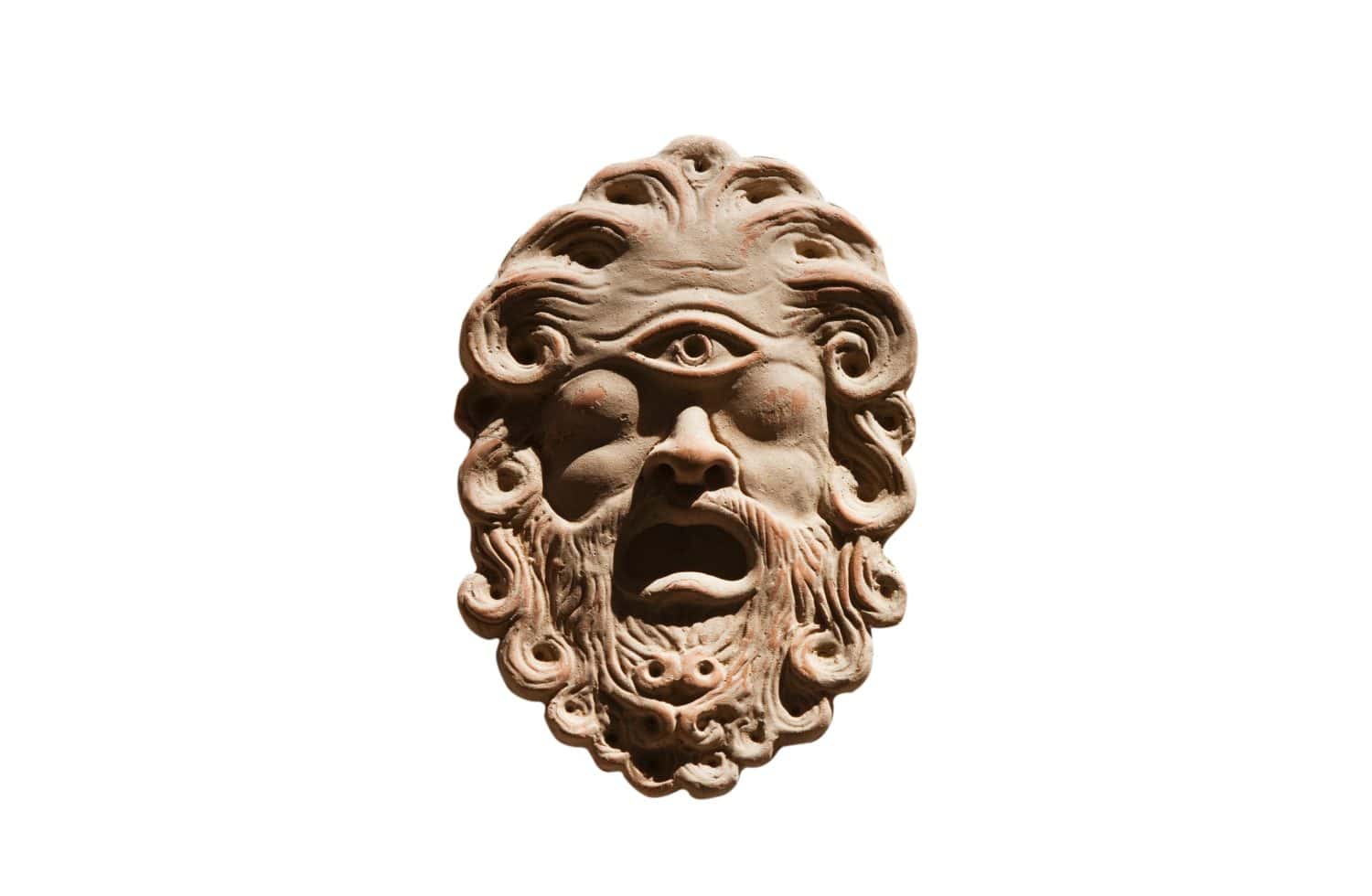
The most iconic feature of a Cyclops is their single eye.
©water_italy/Shutterstock.com
Polyphemus is a Cyclops from Greek mythology. In particular, he is a Sicilian Cyclops — the worst type of Cyclopes. Uranium Cyclopes and construction Cyclopes aren’t too bad — they help make Zeus’s lightning bolts and build walls. But Sicilian Cyclopes are very different. These guys are savage and barbaric creatures who completely disregard (and sometimes hate) the gods. They live far from any civilization, shepherding their livestock and cannibalizing their neighbors on occasion. And Polyphemus was the most fearsome and savage of all the Sicilian Cyclopes!
Where Did Polyphemus Come From?
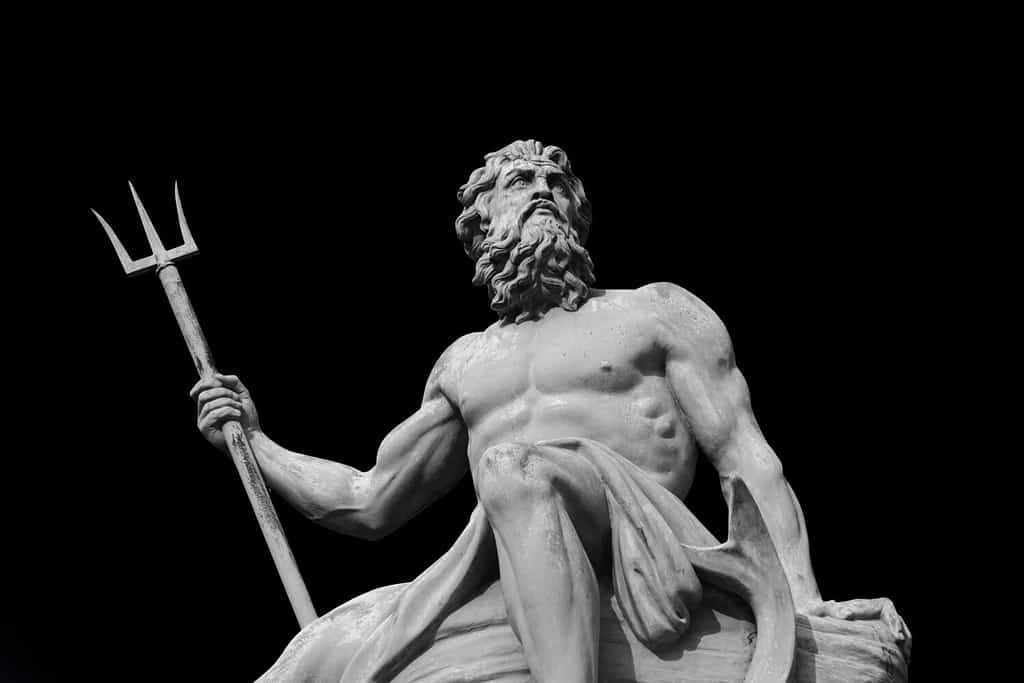
The Sicilian Cyclopes were sons of Poseidon.
©Zwiebackesser/Shutterstock.com
Polyphemus is the son of Poseidon, the Greek god of the sea, and Thoosa, a sea nymph. His name comes from two ancient Greek words: polys, which means “many”, and phēmē, which means “voice”. This name highlights his importance and prominence in Greek mythology, referring to the fact that “many voices” talk about him. Polyphemus plays a very prominent role in Homer’s ancient Greek epic, the Odyssey.
In the Odyssey, Homer gives Polyphemus several different epithets (descriptive phrases) that help to capture his overall being as a Cyclops. For example, he uses the term agrios or “wild”, referring to his savage nature, and pelōrios or “massive” for his towering size. In addition, Homer calls him antitheos, which means both “godlike” and “enemy of the gods”.
What Does Polyphemus Look Like?
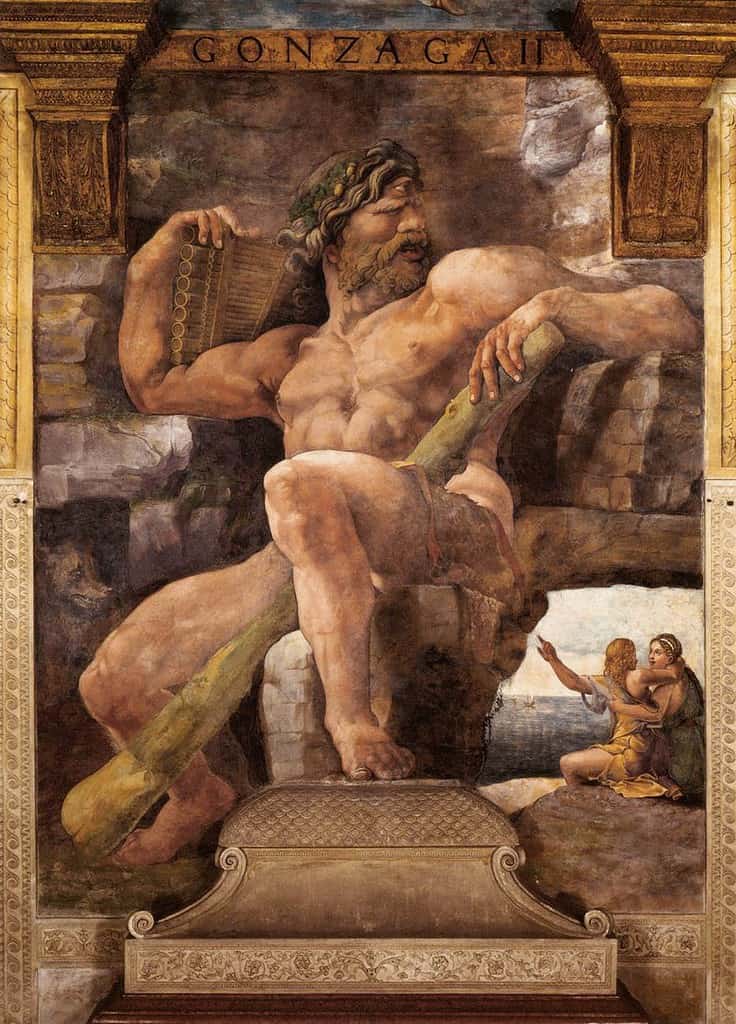
Sicilian Cyclopes are the most terrifying and dangerous.
©Giulio Romano / Public domain, via Wikimedia Commons – Original / License
Cyclopes look a lot like gigantic, oversized humans. However, unlike humans, they are incredibly strong and only have one large eye in the middle of their foreheads. In a few interpretations, Cyclopes are also depicted as having two empty eye sockets with one solid eye in the middle.
Polyphemus is a Cyclops shepherd who lives in an island cave. He is typically depicted as barbaric, brutish, and grotesque to highlight his uncivilized nature. Much larger than any human, Polyphemus is powerful, fierce, and incredibly strong. He can pick up large boulders and tree trunks without any trouble at all!
Stories About Polyphemus from the Ancient Greeks
Homer’s Odyssey
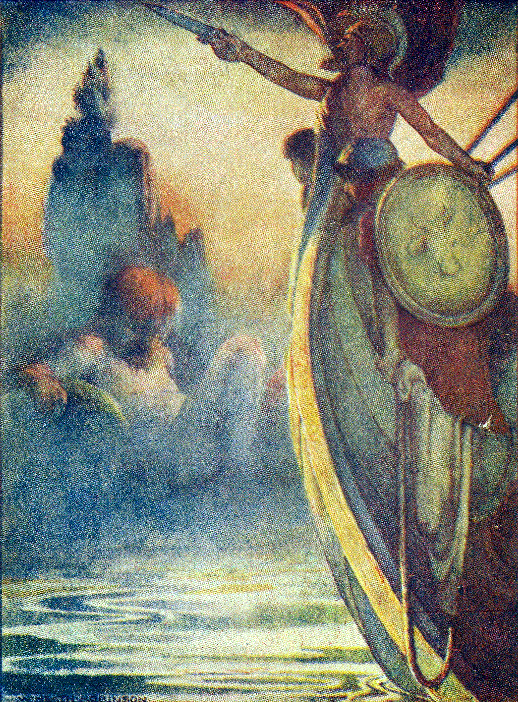
Odysseus’ fatal flaw was his hubris or excessive pride.
©W. Hethe Robinson / Public domain, via Wikimedia Commons – Original / License
Polyphemus is famous for his role in Homer’s Odyssey. After fighting in the Trojan War for 10 long years, Odysseus and his men attempted to sail home but ended up on Polyphemus’ Island. Starving and curious about the island’s inhabitants, the crew found a giant cave filled with food and supplies — a cave that belonged to Polyphemus. The Cyclops rolled a massive boulder over the cave’s entrance, trapping Odysseus and his men inside.
Whether human or divine, all beings in ancient Greek mythology were bound by a strict code of ethics. This included Xenia, a law of hospitality that morally obligated them to provide for any guests or foreigners who came to their homes. When Polyphemus asked Odysseus for his name, he lied, saying it was Οὖτις, or “no one”. Odysseus then requested hospitality from Polyphemus, but the Cyclops ignored him. Instead, Polyphemus ate a few of the men for dinner.
Later while Polyphemus slept, Odysseus stabbed his giant eye. Polyphemus shouted to his fellow Cyclopes for help, but they thought he must be drunk because he kept yelling, “No one [Οὖτις] is hurting me!”
The next morning Polyphemus removed the giant boulder from the cave’s entrance to let his sheep out. He could no longer see, so he felt the top of each of the sheep to make sure the men weren’t using them to escape. Odysseus was cunning, however, and tied his men to the sheep’s bellies. Hidden beneath the sheep, Odysseus and his men snuck right past the Cyclops undetected!
As they sailed away, Odysseus shouted back and revealed his identity to Polyphemus. Enraged, the Cyclops begged his father — the sea god, Poseidon — for revenge. Poseidon granted his son’s request and prevented Odysseus from returning home for 10 more years!
Polyphemus and Galatea
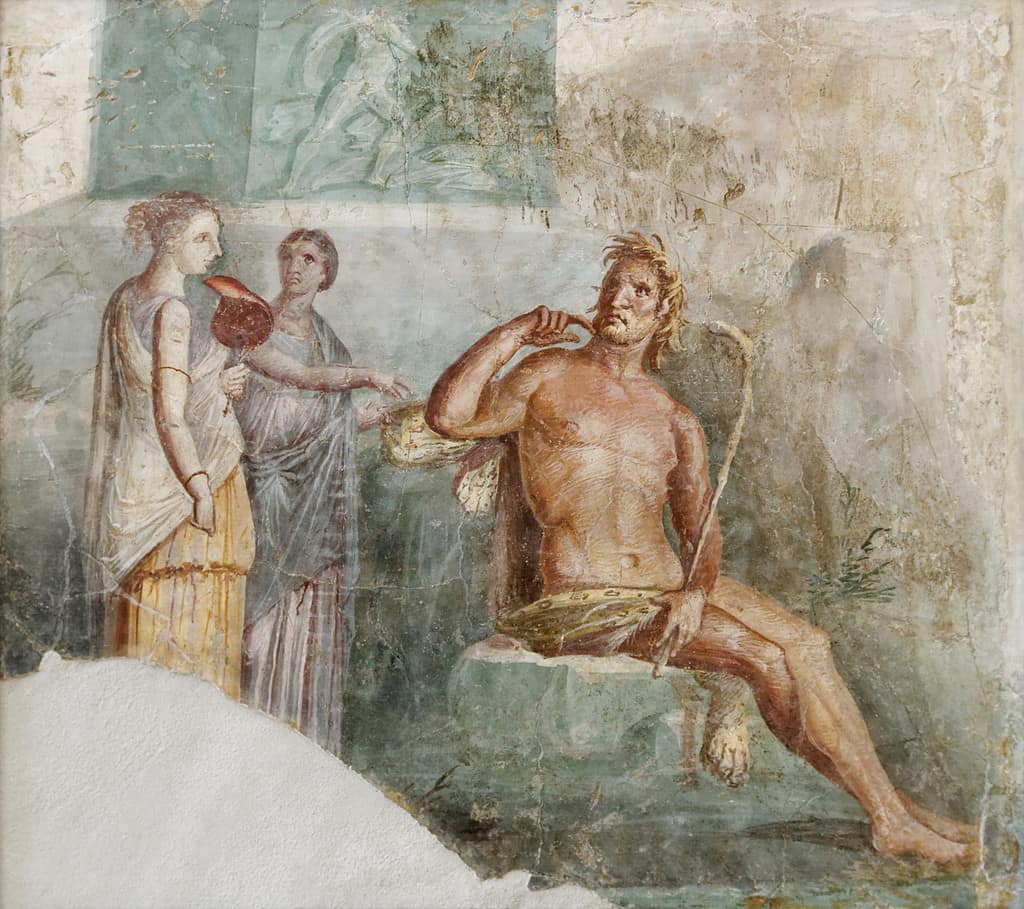
Galatea was a Nereid, one of the fifty daughters of Nereus.
©Naples National Archaeological Museum / Public domain, via Wikimedia Commons – Original
Sometime during the fourth century BCE, additional stories of Polyphemus developed that portrayed the Cyclops quite differently. In these tales, Polyphemus fell hopelessly in love with the beautiful sea nymph, Galatea. Although he tried to serenade her with different musical instruments, Galatea was repulsed because he was a hideous Cyclops. However, in other versions of the myth, she refused him because she already had her own lover, Acis. In these tales, Polyphemus kills Acis out of jealousy. And there are even a few versions of the story where Polyphemus eventually wins Galatea’s love, and they get married.
The photo featured at the top of this post is © water_italy/Shutterstock.com
Thank you for reading! Have some feedback for us? Contact the AZ Animals editorial team.







